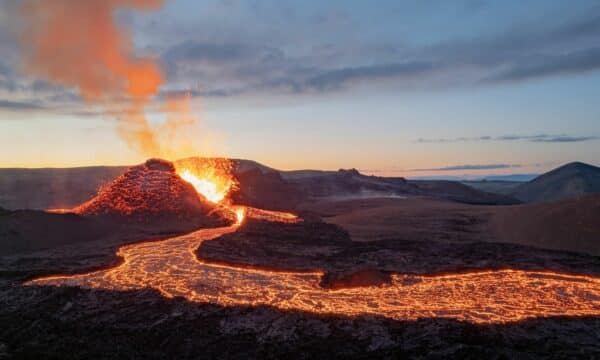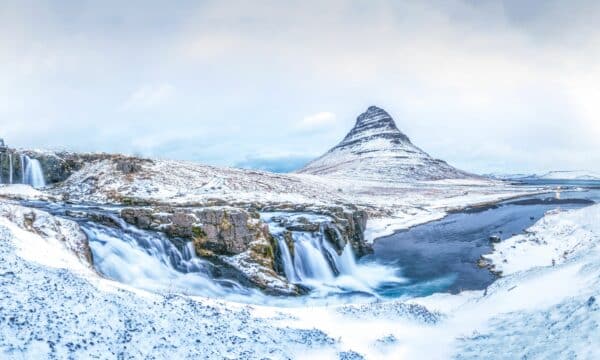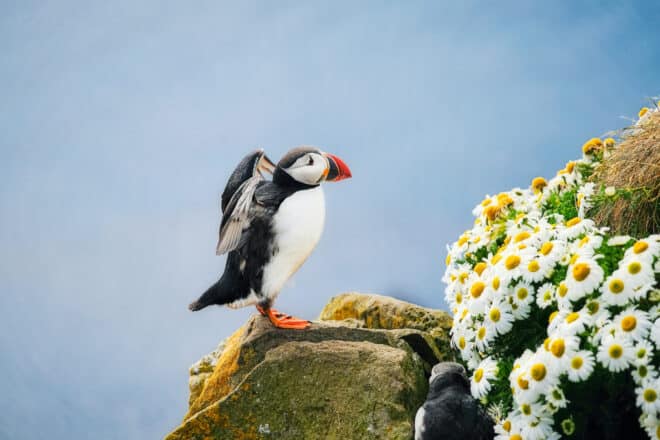
Iceland is known for its dramatic landscapes, glaciers, and hot springs. But did you know that the country also has a unique way of celebrating the start of summer? The first day of summer, or Sumardagurinn fyrsti in Icelandic, marks the end of the long, dark winter months.
If you’re planning a trip to Iceland, you won’t want to miss out on the festivities that come with the first day of summer. From parades to barbeques, there are plenty of ways to celebrate the season like a local. In this guide, we’ll take a closer look at the traditions surrounding the first day of summer in Iceland and give you tips for making the most of this special time of year.
Sumardagurinn Fyrsti – What is It?
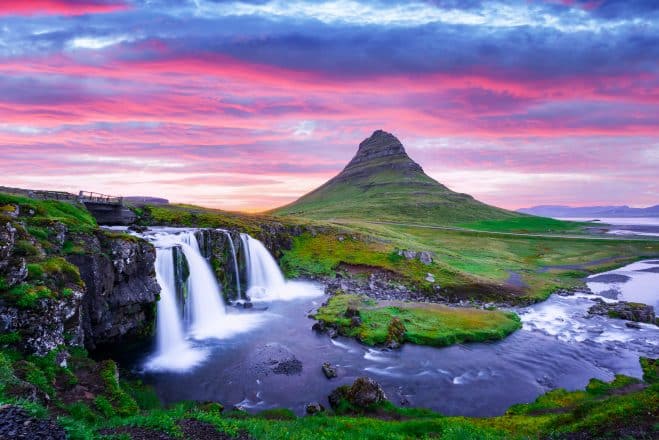
Iceland’s first day of summer, or Sumardagurinn fyrsti, is a public holiday celebrated in Iceland in April. It is a time for gathering with friends and family to enjoy festivities and special gifts.
Today, the festivities are mostly geared towards children, but the holiday has a long history and is rooted in the old Icelandic calendar and Norse beliefs.
When Is It?
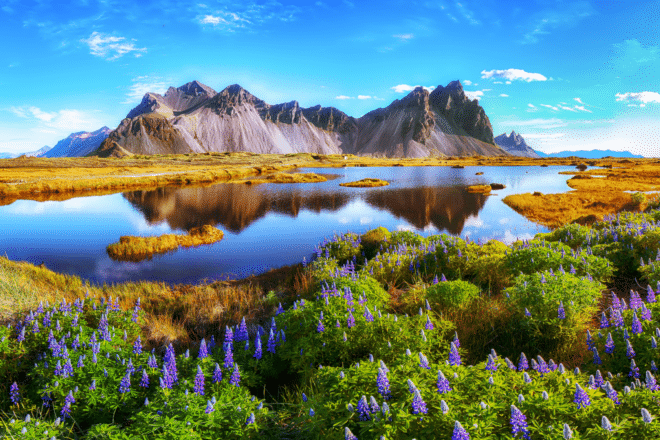
In Iceland, the first day of summer occurs on the first Thursday after April 18th, so the specific date differs based on the lunar calendar and the year.
In the next years Sumardagurinn fyrsti falls on these dates:
| 2023 | April 20th |
| 2024 | April 25th |
| 2025 | April 24th |
| 2026 | April 23rd |
| 2027 | April 22nd |
Celebrations and Folk Beliefs Associated with It
When it comes to celebrations, Icelanders do not hold back. Sumardagurinn fyrsti is a day of joy and happiness, with people gathering in the streets to celebrate the coming of summer. Many communities throw parades and festivals equipped with concerts and barbeques.
In a tradition dating back to the 16th Century, families often exchange gifts, known as Summer Gifts, on this day. These are usually aimed at children and often symbolise the season, like outdoor toys or light summer clothes. However, some companies have made it a tradition to give their employees a summer gift, like bbq tongs or picnic baskets.
According to folklore, if the temperature drops below freezing the night before the first day of summer, the summer will be full of sunshine. Icelanders call it “when winter and summer freeze together”. So let’s hope for a cold night before the next Sumardaguirnn fyrsti.
History of the First Day of Summer in Iceland
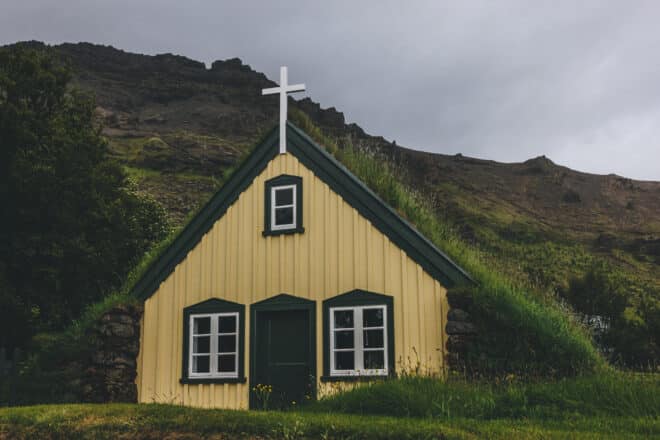
Sumardagurinn Fyrsti marks the end of the long, dark winter months and is a way for Icelanders to celebrate the coming of brighter days and warmer weather. But why are Icelanders celebrating the first day of summer in April when the temperature is usually just above freezing and the sun is nowhere to be seen? Is it some strange sense of humour, or are Icelanders just extremely impatient?
Well, the reason for this premature celebration dates back to the Vikings.
Norse Beliefs about Summer and Winter
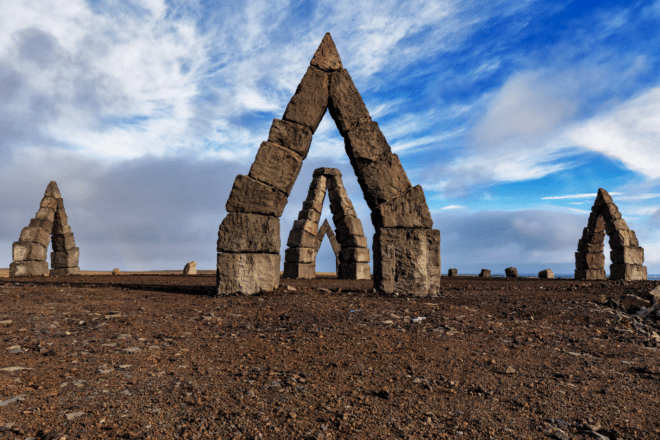
In Icelandic culture, the first day of summer marks the official start of a new year according to the medieval Norse calendar.
According to the Viking Sagas and manuscripts, the settlers developed a uniquely Icelandic calendar in the 10th Century. Inspired by the Julian calendar, it divided the year into only two seasons. Each season was made up of six months. They had the months with ‘short days’ (winter) and the months with ‘nightless days’ — thanks to the Midnight Sun — (summer).
The Vikings named the winter months Gormánuðr, Ýlir, Mörsugr, Þorri, Góa, and Einmánuðr. In contrast, the summer months were Harpa, Skerpla, Sólmánuðr, Heyannir, Tvímánuðr, and Haustmánuðr. In addition, the old Icelandic calendar was peculiar in that each month always started on the same day of the week.
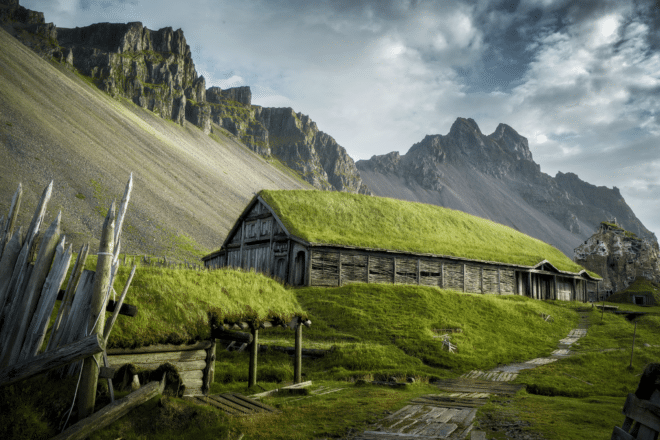
The First Day of Summer marks the beginning of Harpa, which always begins on a Thursday. To be more specific: the first Thursday after April 18th.
Although the old Icelandic calendar is not in official use anymore, Icelanders still celebrate some holidays and festivals from it. The first day of summer is one, and the winter festival, Þorri, another. Þorri is celebrated in January by eating traditional food such as hákarl, rotten shark, and hrútspungar, pickled ram’s testicles. Yummy.
Official Holiday Status of The First Day of Summer
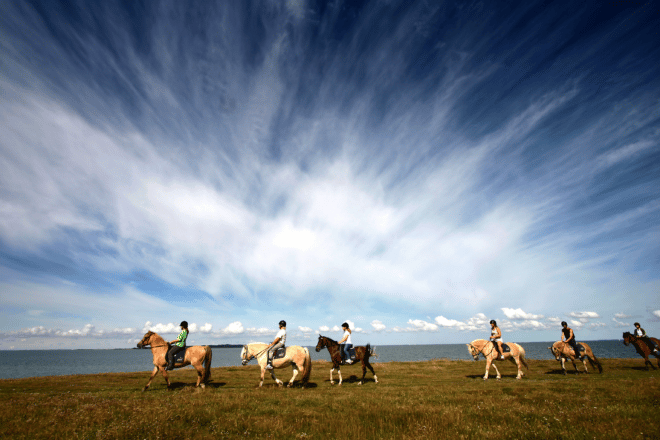
Before modern transportation, roads in the winter would be impassable from heavy snowfall. With residents spread around the country for work, the beginning of the summer saw these roads and mountain trails thaw, drawing an end to their isolation from one another. As such, the first day of summer has always been a cause of celebration in Iceland throughout its history.
There are mentions of these summer celebrations in old manuscripts and Sagas. It even became a day for mass after Icelanders took up Christianity. However, in 1744, the Danish King forbade mass on this day since Icelanders were the only ones celebrating it. But that didn’t stop the celebrations. It just moved them out of the church and onto the streets.
Although The First Day of Summer didn’t become an official bank holiday until 1971, it was an unofficial one for much longer. For decades, schools and businesses would give people time off to celebrate, and they still do today. So be prepared to find some companies closed on this day.
Weather Forecast for the Day
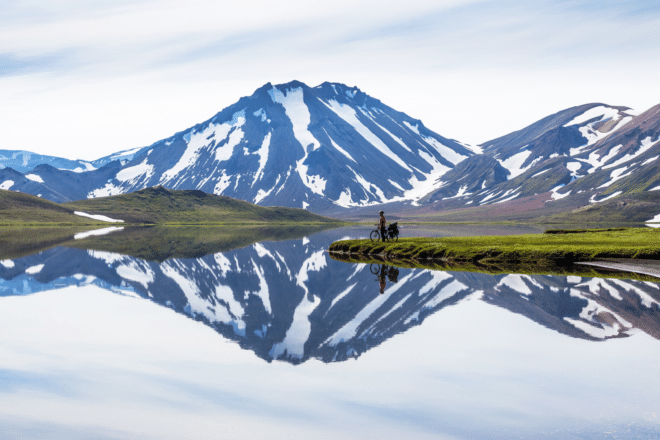
Looking out the window on Sumardagurinn fyrsti, Iceland’s first day of summer, you’ll likely see bare trees, people wearing thick coats, and maybe even snow on the ground.
Chances are it might not feel like summer, and it might not even feel like summer for a few more weeks. Mid-April is a long way from the summer solstice, the longest day of the year when the Midnight Sun shines bright all night long.
So you might want to check vedur.is for the latest weather forecast, and prepare yourself to bundle up for the day.
Summary
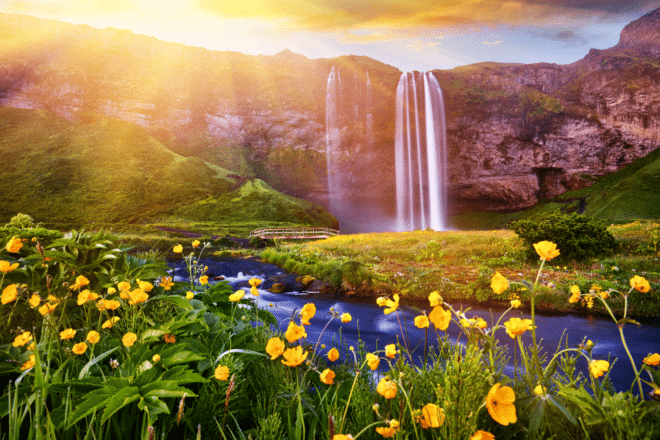
Summing it up, the Sumardagurinn fyrsti marks the beginning of the summer season according to the old Norse calendar. It has always been a cause for celebration as it symbolises the end of winter and the start of warmer weather, allowing people in olden times to travel freely around the country once more. Though it may not feel like it sometimes, summer is just around the corner, and we will hopefully see plenty of sunshine soon.
So give your loved one a summer-themed gift, go out and find a parade and enjoy the summer like a local! Just remember to wrap up in a warm coat first.
Happy Summer!

